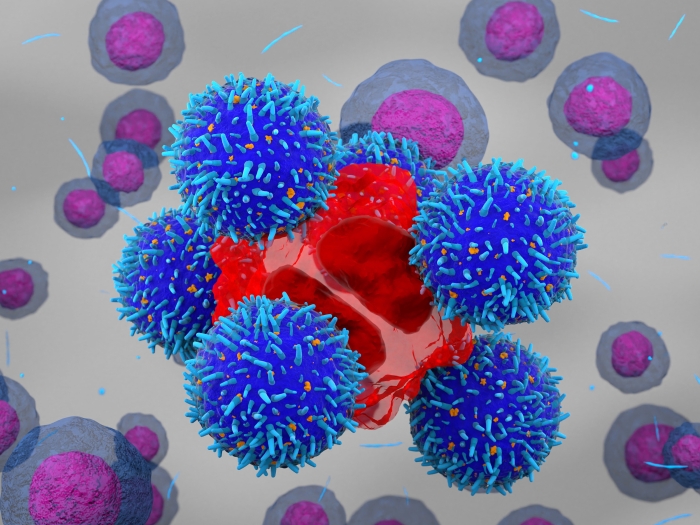More than half of adults surveyed reported that the use of cannabis led them to decrease their pain medications.
12:42 PM
Author |

As more states legalize cannabis (also known as marijuana) for medical and recreational use, increasing numbers of people are experimenting with it for pain relief. According to a study published in JAMA Network Open, almost a third of patients with chronic pain reported using cannabis to manage it.
More than half of the 1,724 adults surveyed reported that using cannabis led them to decrease the use of pain medications, including prescription opioids and over-the-counter analgesics. Cannabis also effected the use of other non-drug related pain relief methods to various degrees: some people indicated that cannabis led them to turn less often to techniques that many clinical guidelines recommend as first-line therapies such as physical therapy and cognitive behavioral therapy, while others with chronic pain increased their use of such treatments.
“The fact that patients report substituting cannabis for pain medications so much underscores the need for research on the benefits and risk of using cannabis for chronic pain,” said Mark Bicket, M.D., Ph.D., assistant professor in the Department of Anesthesiology and co-director of the Michigan Opioid Prescribing Engagement Network.
Paper cited: “Use of cannabis and other pain treatments among adults with chronic pain in US states with medical cannabis programs,” JAMA Network Open. DOI: 10.1001/jamanetworkopen.2022.49797

Explore a variety of health care news & stories by visiting the Health Lab home page for more articles.

Department of Communication at Michigan Medicine
Want top health & research news weekly? Sign up for Health Lab’s newsletters today!





